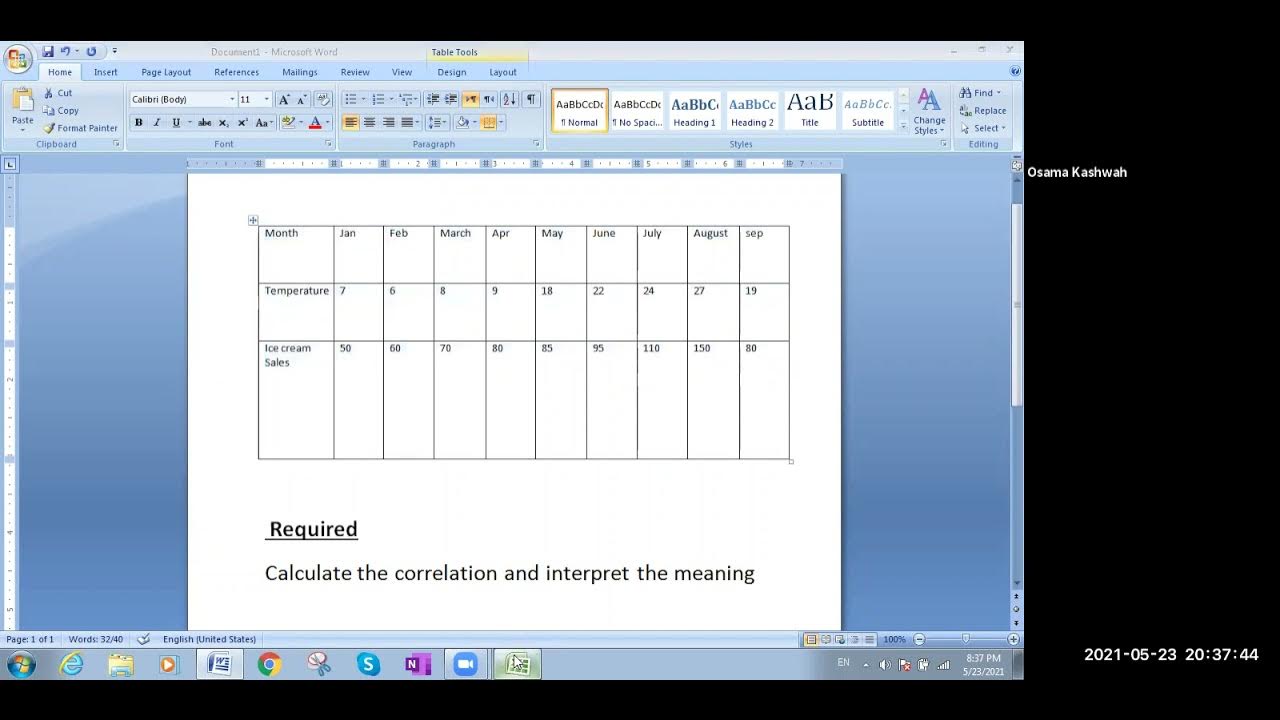Price of the Commodity || Factors Affecting Supply (Part-1)
Summary
TLDRThis educational video script introduces the concept of supply factors, emphasizing the direct relationship between price and the quantity of a commodity offered for sale. It explains that producers are more inclined to supply a larger quantity at higher prices and less at lower prices, illustrating the law of supply. The summary clarifies that an increase in price leads to an increase in supply, while a decrease in price results in a reduction of supply, effectively capturing the core idea of the script in a concise manner.
Takeaways
- 📈 Price is a key factor affecting supply; higher prices encourage producers to offer more of a commodity.
- 📉 Conversely, at lower prices, producers are less inclined to supply the same quantity of goods.
- 🔗 There is a direct relationship between the price of a commodity and the quantity supplied, as per the law of supply.
- 🛒 Producers' willingness to sell is directly influenced by the price; higher prices increase this willingness.
- 📦 When prices rise, the quantity of goods supplied to the market also increases.
- 📥 When prices fall, the quantity of goods supplied decreases, reflecting a responsive supply curve.
- 💡 Understanding the law of supply is crucial for analyzing market dynamics and producer behavior.
- 📊 The supply curve typically slopes upward, indicating that quantity supplied increases as price increases.
- 🔑 The law of supply is a fundamental economic principle that helps explain how markets adjust to price changes.
- 🌐 This principle applies across different markets and commodities, providing a universal framework for supply analysis.
- 📈📉 The script emphasizes the inverse relationship between price and supply, highlighting the market's sensitivity to price fluctuations.
Q & A
What is the primary factor that affects the supply of a commodity?
-The primary factor affecting the supply of a commodity is the price of the commodity itself.
How does an increase in the price of a commodity influence the supply offered by producers?
-When the price of a commodity increases, producers are incentivized to offer more quantity of the commodity for sale.
What is the relationship between the price of a commodity and the quantity supplied according to the law of supply?
-There is a direct relationship between the price of a commodity and the quantity supplied; as price increases, so does the quantity supplied.
Why would a producer offer less quantity of a commodity for sale at a lower price?
-At a lower price, the willingness of producers to sell decreases, resulting in a reduced quantity of the commodity being offered for sale.
What does the law of supply suggest about the producer's willingness to sell at different price levels?
-The law of supply suggests that a producer's willingness to sell is higher at higher price levels and lower at lower price levels.
Can you explain the concept of the law of supply in simple terms?
-In simple terms, the law of supply states that when the price of a commodity goes up, the quantity producers are willing to supply also goes up, and vice versa.
Is the relationship between price and supply always direct, or are there exceptions?
-The relationship between price and supply is typically direct, but exceptions can occur due to factors such as government regulations or market disruptions.
How might external factors, other than price, influence the supply of a commodity?
-External factors such as production costs, technological advancements, and government policies can also influence the supply of a commodity, either positively or negatively.
What is the economic term for the quantity of a commodity that producers are willing to offer for sale at a given price?
-The economic term for this is 'supply,' which represents the quantity of a commodity producers are willing to offer for sale at a given price.
Can an increase in supply lead to a decrease in price, and why?
-Yes, an increase in supply can lead to a decrease in price due to the basic economic principle that an increase in supply, all else being equal, can result in lower prices as there is more of the commodity available to consumers.
What is the implication of the law of supply for producers when setting prices for their commodities?
-The implication for producers is that they need to consider the price elasticity of supply when setting prices. If the supply is price elastic, small changes in price can lead to significant changes in the quantity supplied.
Outlines

This section is available to paid users only. Please upgrade to access this part.
Upgrade NowMindmap

This section is available to paid users only. Please upgrade to access this part.
Upgrade NowKeywords

This section is available to paid users only. Please upgrade to access this part.
Upgrade NowHighlights

This section is available to paid users only. Please upgrade to access this part.
Upgrade NowTranscripts

This section is available to paid users only. Please upgrade to access this part.
Upgrade NowBrowse More Related Video
5.0 / 5 (0 votes)





